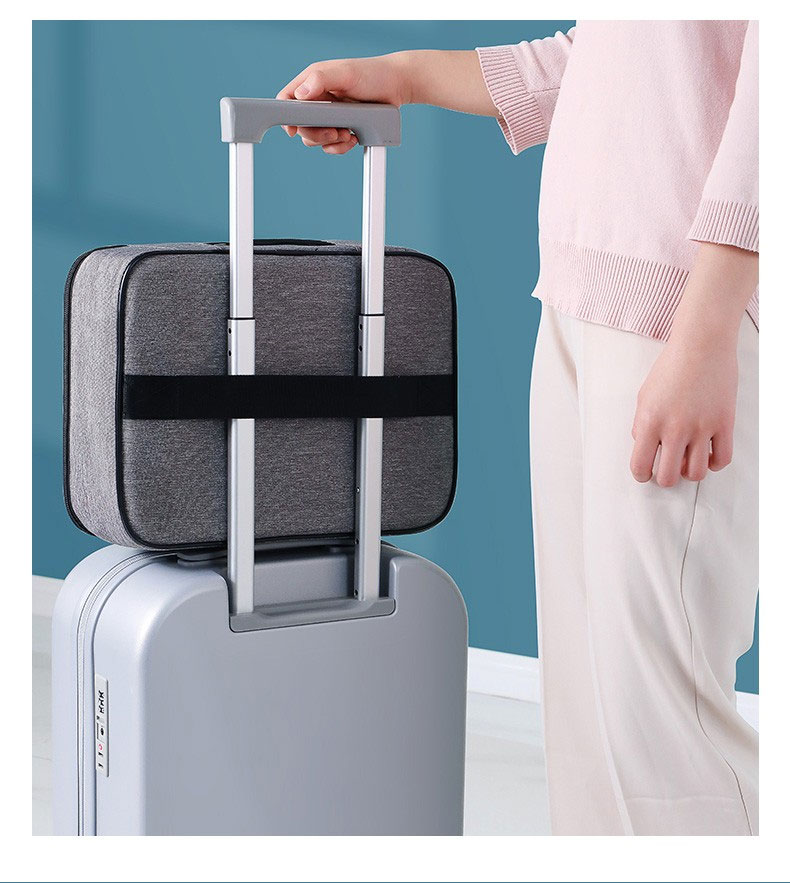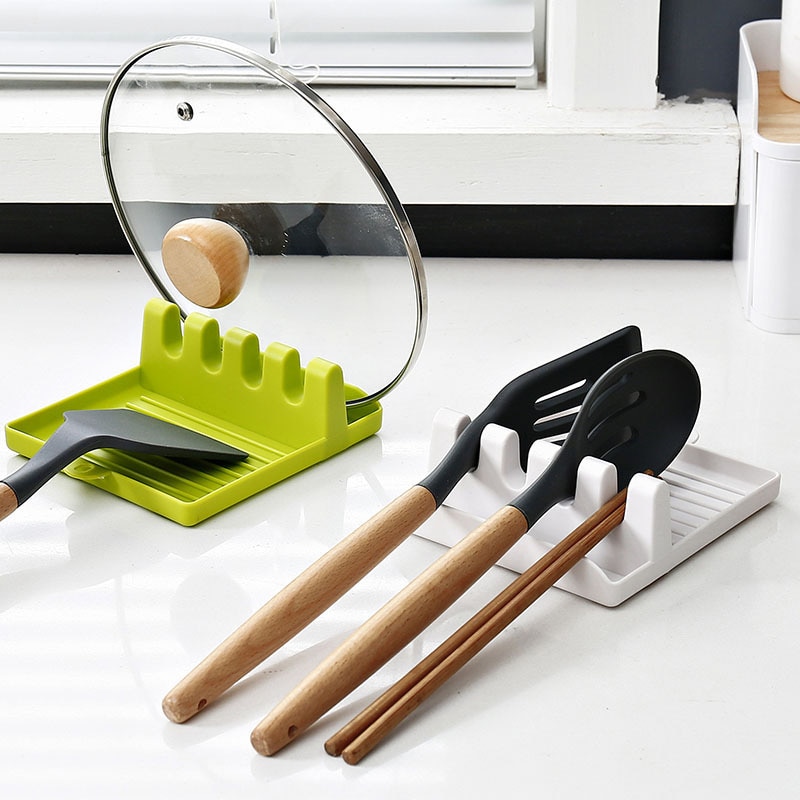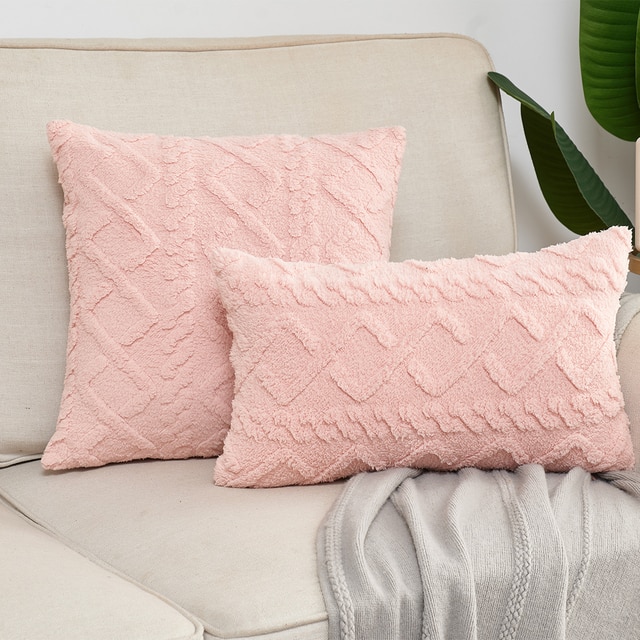
Your home is a canvas waiting to be adorned with your unique style and personality. These are the brushstrokes that breathe life into your living space. In this comprehensive guide, we’ll explore the world of home decorations, from understanding design principles to choosing the perfect decor pieces that will make your house feel like a home.
Introduction
These are more than just items you place around your house. They are the means through which you can express your personality, evoke emotions, and create a space that reflects your style and taste. In this guide, we’ll delve into the fascinating world of it and how they can transform your living environment.
Design Principles
Before you begin decorating, it’s essential to understand some fundamental design principles:
- Balance: Achieving visual equilibrium in your decor, whether through symmetrical or asymmetrical arrangements.
- Harmony: Creating a cohesive and pleasing look by blending various elements in your decor.
- Proportion: Ensuring that the size and scale of your decor pieces are in harmony with the room.
- Contrast: Adding excitement and interest by incorporating contrasting elements in your decor.
- Unity: Ensuring that the decor pieces work together to create a harmonious and coherent atmosphere.
Types of Home Decorations
There’s a wide range of home decorations to choose from, including:
- Wall Art: Paintings, prints, posters, and sculptures that can transform your walls into a gallery of personal expression.
- Textiles: Throw pillows, curtains, and rugs that add color, texture, and warmth to your space.
- Furniture: From sofas to tables, the right furniture pieces can be both functional and decorative.
- Lighting: Lamps, chandeliers, and sconces that illuminate and enhance your decor.
- Accessories: Vases, candles, and decorative objects that add the finishing touches to your decor.
Creating a Theme
One way to approach home decoration is by creating a theme that ties your decor together. Themes can be based on color schemes, styles (e.g., modern, vintage, rustic), or even specific concepts (e.g., coastal, bohemian, industrial). Choosing a theme helps ensure a cohesive and appealing look.
Personalizing Your Space
Don’t forget to infuse your personality into your decor. Family photos, travel souvenirs, and handmade items can make your space uniquely yours. Personal touches bring warmth and character to your home.
Conclusion
Home decorations are the creative tools that allow you to turn your house into a home. By understanding design principles, choosing the right decor pieces, and personalizing your space, you can create an environment that not only looks beautiful but also feels like an extension of your personality and style.


